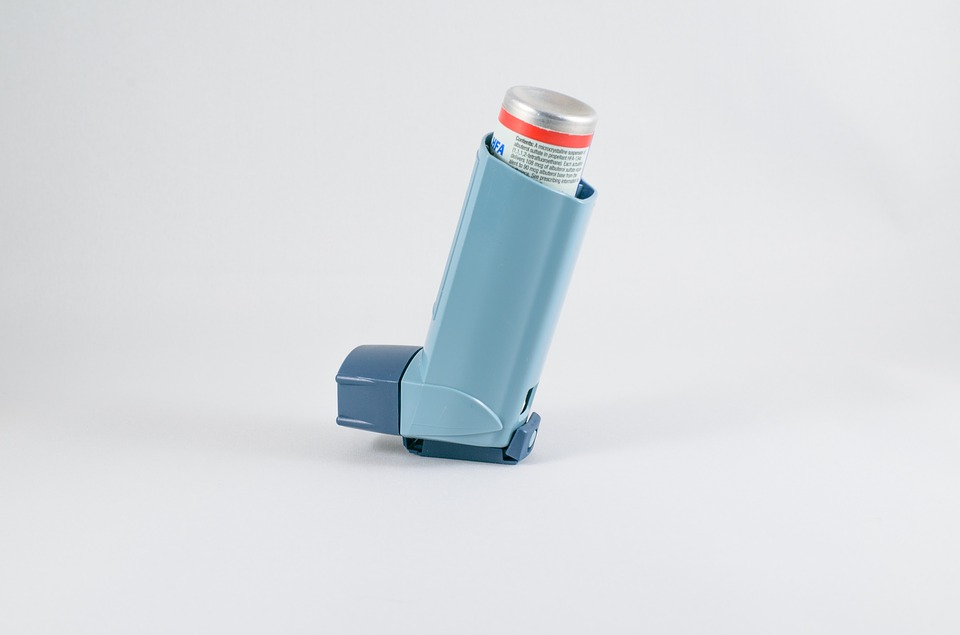Inhalation Therapy And The Management Of COPD
According to an estimation by the WHO, 65 million people all over the world are affected by chronic obstructive pulmonary disease (COPD) and rough estimates put the number of COPD patients in India at 30 million. In 2002, COPD was the fifth leading cause of death worldwide and it is projected to become the third largest cause of death worldwide by 2030. Yet, 75 per cent of those affected, remain untreated. Another damning fact about COPD is that low and middle income countries like India shoulder much of the burden of the disease with around 90 per cent of COPD deaths taking place in these countries.
What Is COPD?
According to the World Health Organization, COPD is a lung disease that causes chronic obstruction of lung airflow and interferes with normal breathing.
COPD is characterized by chronic cough. a feeling of tightness in the chest, shortness of breath due to physical activity, bluish discoloration of linger nails and lips and recurrent respiratory infections. Generally, COPD management involves quitting smoking, vaccinations, rehabilitation and inhalation therapy.
According to experts, COPD develops slowly and symptoms often worsen over time, limiting one’s ability to do regular activities. Severe COPD even stops patients from engaging in basic activities like walking, cooking, or personal care. Therefore, it is important to take necessary precautions when a person is suffering from COPD, so as to avoid worsening of symptoms, which often results in hospitalization.
Causes Of COPD
- Smoking – People who suffer from COPD are usually long-term smokers and cigarettes can be considered to be one of the major causes of this disease. A large number of people who succumb to COPD after the age of sixty are long- term smokers.
- Passive Smoking – Non-smokers who are exposed to cigarette smoke can develop COPD in the long run.
- Genetic Factors – A genetic defect that leads to something called alpha-1 antitrypsin deficiency may also be responsible for COPD in some people. This condition is characterized by the body’s inability to make enough protein to protect the lungs from damage. People who smoke and suffer from this deficiency generally start to have symptoms of COPD as early as their 30s and 4Os while people who don’t smoke can develop symptoms in their 80s.
- Long-term Harmful Exposure – To industrial dust, pollutants and chemical turnes.
Overall Management And Inhalation Therapy
It es commonly seen that when people are diagnosed with COPD, they tend to become physically less active which leads to a further decline in their health because decreased physical activity can worsen lung function as well as the overall health of a person. Hence, it s important for people to understand risk factors and be aware of treatment modalities for right disease management.
Living with COPD is often about making some long-term changes in ones daily routine. Patients have to work closely with their doctor to prepare themselves better for handling the disease and for living a fulfilling life. Your doctor will need your cooperation with many aspects of COPD management even as he goes about treating the disease with an array of drugs.
In COPD. the main point of focus is bronchodilation which can be made possible with inhaled medications. Long acting bronchodilators are in fact one of the mainstays of the treatment. These sometimes go together with inhaled corticosteroids, which are introduced at a later stage of the disease, especially when a person suffers from two or more exacerbations (flare ups) a year.
Experts say inhaled corticosteroids have been found to be highly satisfying and effective in case of patients with repeated COPD exacerbations. They play an especially important role in reducing exacerbations and in improving the overall health status. The National Institute for Health and Clinical Excellence (NICE) UK, even recommends the use of inhaled corticosteroid in combination with long- acting bronchodilators in early stages of the disease.
In people with moderate or severe acute exacerbations, oral steroids prevent worsening of COPD any further. However, it should be known that these medications can have serious side effects, such as cataracts. diabetes, weight gain, osteoporosis and an increased risk of infection. Oral medications apart from being less effective in COPD management also expose the body to unnecessary side effects. As a matter of fact, inflammation of the airways requires only a small quantity of the asthma drug (about 25 to 100 micrograms).
The risk-benefit ratio is much more favourable with inhalers (localized drug delivery) as compared to tablets and syrups (systemic drug delivery). Inhalation therapy, as a part of a comprehensive disease management strategy. is known to significantly improve outcomes in COPD. Most of the time, management of COPD is just about the right combination of drugs, intervention strategies for exacerbations, patient education and a positive attitude for one to live a healthy life.
